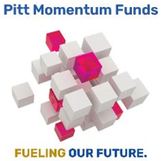Quantum Materials
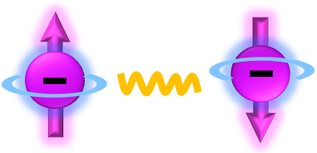
Quantum materials are significant to the second quantum evolution that is related to modern technologies, e.g., quantum computers, quantum networks and memory devices. The Gui lab is mainly working on design and synthesis of NEW quantum materials, such as superconductors, quantum spin liquids, high-entropy materials, magnetic topological materials etc., starting from chemical perspectives (crystal structure, chemical bonding etc.) and understanding the fundamental relation between the chemical components and physical properties. Moreover, connecting these new quantum materials with other applications (quantum computers, memory chips, heterogeneous catalysis etc.) is another potential direction of our research. Meanwhile, we aim to translate the physics of quantum materials into chemical language and bridge solid-state chemistry with other related fields.
Topic#1. New Superconductors
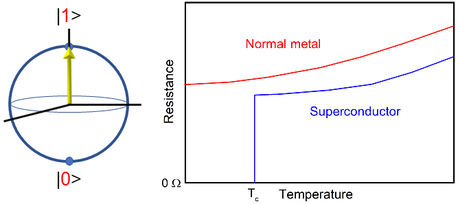
Superconductors produce zero electrical resistance and magnetic flux expulsion. Various alloys, intermetallics and oxides were found to be superconducting since the first discovery of superconductivity in Hg over a century ago. On the other hand, superconducting qubits have become one of the leading platforms for scalable quantum computers due to its high designability and scalability, and high feasibility to couple and control. The Gui lab is trying to design and synthesize novel superconducting materials in different forms that allow us to solve long-standing scientific problems in the field.
Topic#2. New Material Systems for Frustrated Magnetism and Quantum Spin Liquid
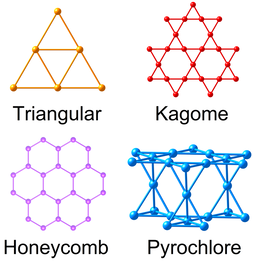
Magnetic materials with magnetic atoms in one-dimensional (1-D) or two-dimensional (2-D) sublattices are of great interest to date. With 1-D or special 2-D lattices, i.e., linear chain, honeycomb, triangular and Kagome lattices, materials can exhibit frustrated magnetism which can potentially host quantum spin liquid state, a type of quantum states that can never be magnetically ordered. It has potential to be applied to quantum computers and is believed to relate to high-Tc superconductivity. These special structural motifs bring infinite opportunities for us to design/synthesize novel frustrated magnets/quantum spin liquids.
Topic#3. New High-Entropy Oxides
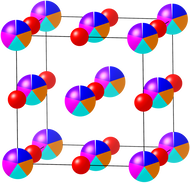
High-entropy oxides (HEOs) have equiatomic or near-equiatomic proportions of five or more cations randomly distributed on the same atomic site bridged by oxygen atoms in a single phase. Such special features make HEOs highly tunable and are of great potential in practical purposes, e.g., they were found to host great mechanical and catalytic properties. The high-entropy nature makes HEOs a versatile type of material system, allowing us to extend the compositional space for various types of oxides. Magnetism in HEOs is another perspective that we are interested in.
Additional topic of interest: New Magnetic Topological Materials
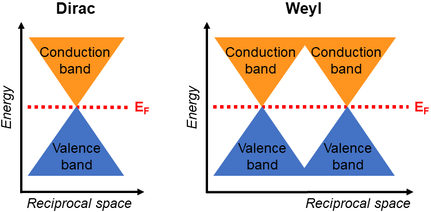
Topological materials are those where the properties on the surface are different than in the bulk. Because of the special properties, they can be extensively applied, such spintronic devices. Looking for novel AFM topological semimetals for future spintronic devices are of great interests and this is a field where solid-state chemists can contribute to.
So far, we greatly appreciate the funds from

